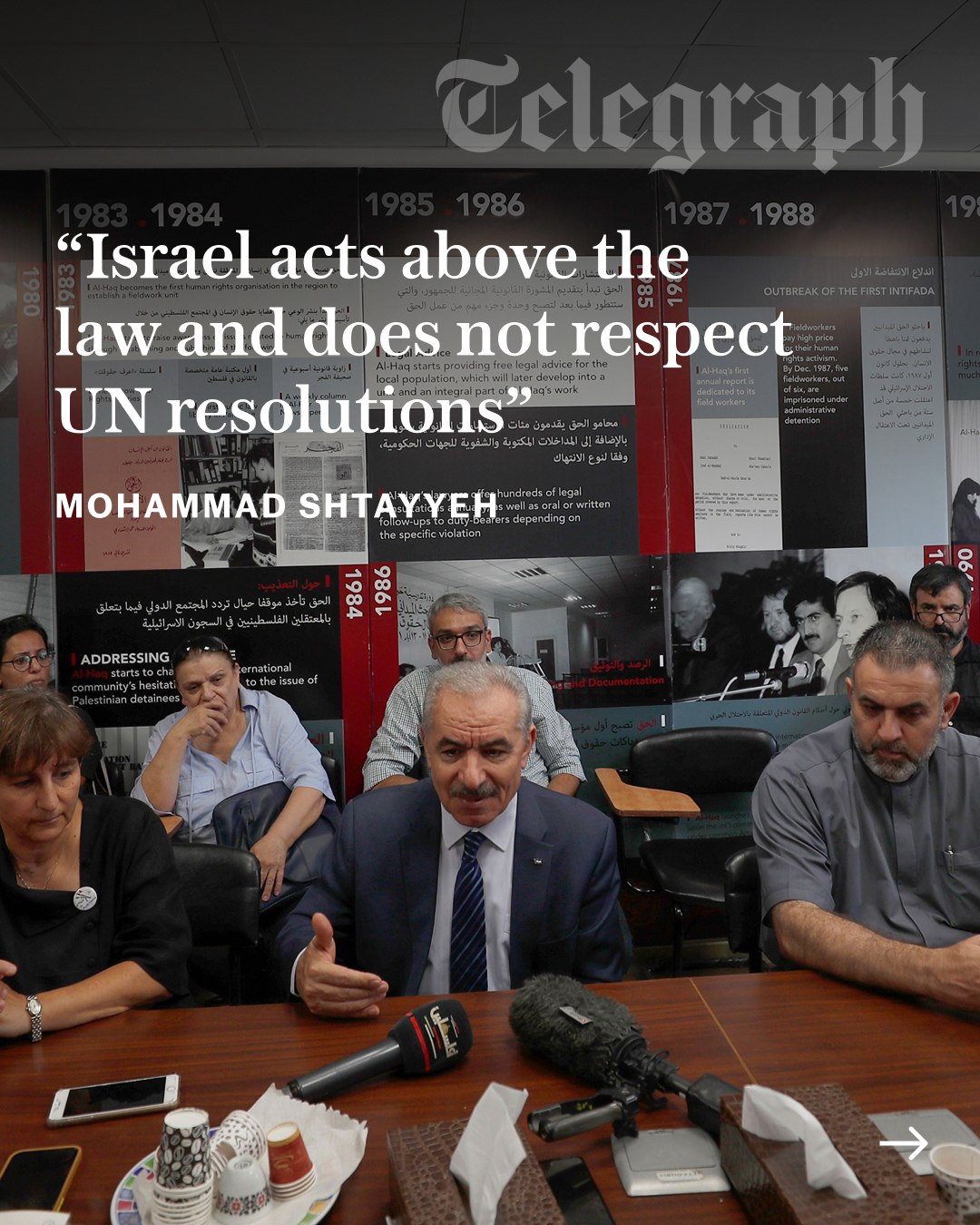Nournews: The vote held on 13 November 2025 at the Oxford Union—one of the oldest student debating societies in the world—was not merely a student decision, but a critical reassessment of Israel’s decades-long policies in the region. The decisive result, 265 to 113, demonstrated that the security discourse in the West is shifting, and that universities are the first centers of this transformation. The adoption of the motion meant that some of the world’s most well-informed political students consider Israel a greater source of instability—an assessment that, unlike the official narrative promoted by Tel Aviv’s supporters, rests on field-based and historical evidence.
Mohammad Shtayyeh, former Prime Minister of the Palestinian Authority and the motion’s most prominent supporting speaker, stressed a combination of expansionist behavior, ongoing occupation, disregard for UN resolutions, and possession of nuclear weapons—factors that few states in the world have matched in terms of violating international law. Referring to Israel’s continuous settlement construction and a regime that even UN rapporteurs describe as “structural apartheid,” he concluded that without restraining Israel, achieving regional stability is a political illusion.
Alongside him, Alex Webster and Jessica Rowe from Oxford University, as well as Ataollah Mohajerani, Iran’s former Minister of Culture, emphasized the historical, ideological, and security-based elements that, in their view, make Israel the primary source of tension.
What made the vote even more controversial, however, was the fierce reaction from opponents. Hillel Neuer, Executive Director of UN Watch in Geneva and the main opposing speaker, attempted to invert the narrative by portraying Iran as the principal source of instability—a narrative repeatedly echoed over the years by circles close to pro-Israel lobbies. He claimed that Iran’s “proxy network” in the region initiates wars. But this assertion collapses under a simple question: if the criterion for instability is “starting a war,” are Israel’s dozens of military operations—from Lebanon to Gaza and Syria—its assassinations, recurring airstrikes, and long-term blockades not themselves examples of initiating conflict?
Neuer cited Iran’s April 2024 attack as “evidence of Tehran’s destabilizing behavior,” yet he deliberately ignored a crucial fact: the attack was a response to Israel’s strike on an Iranian diplomatic facility in Damascus—an attack that even some Western allies described as a clear violation of diplomatic conventions. Therefore, Neuer’s argument runs counter to international law, as Iran’s response falls under “legitimate self-defense,” whereas Israel’s initial assault has no legal justification.
He also claimed that Saudi and Jordanian involvement in intercepting that attack reflected a “regional consensus against Iran,” while many analysts view their actions primarily as an attempt to prevent a full-scale regional war, not as political support for Israel. Even Arab states with security cooperation with Tel Aviv have repeatedly issued strong criticism of its policies in Gaza and the West Bank.
The reality is that the opposing narrative at Oxford rests on a series of repetitive claims: exaggerating Iran’s role, erasing Israel’s record of occupation, and ignoring dozens of international reports documenting Tel Aviv’s human-rights violations. Within an academic environment—one that relies on data, documentation, and logical coherence—such a narrative is far less persuasive, and the Oxford Union’s overwhelming vote stands as evidence of this.
This development demonstrates that the battle of narratives in the Middle East is changing. Universities are the first arenas where the fog of propaganda lifts and policies are evaluated by more tangible standards.

